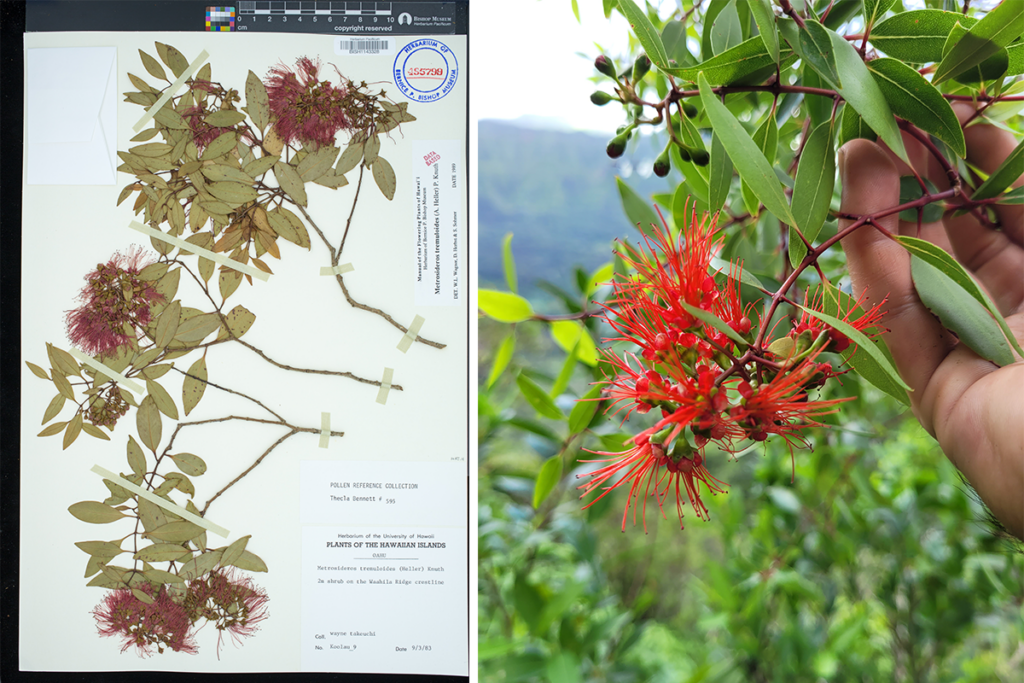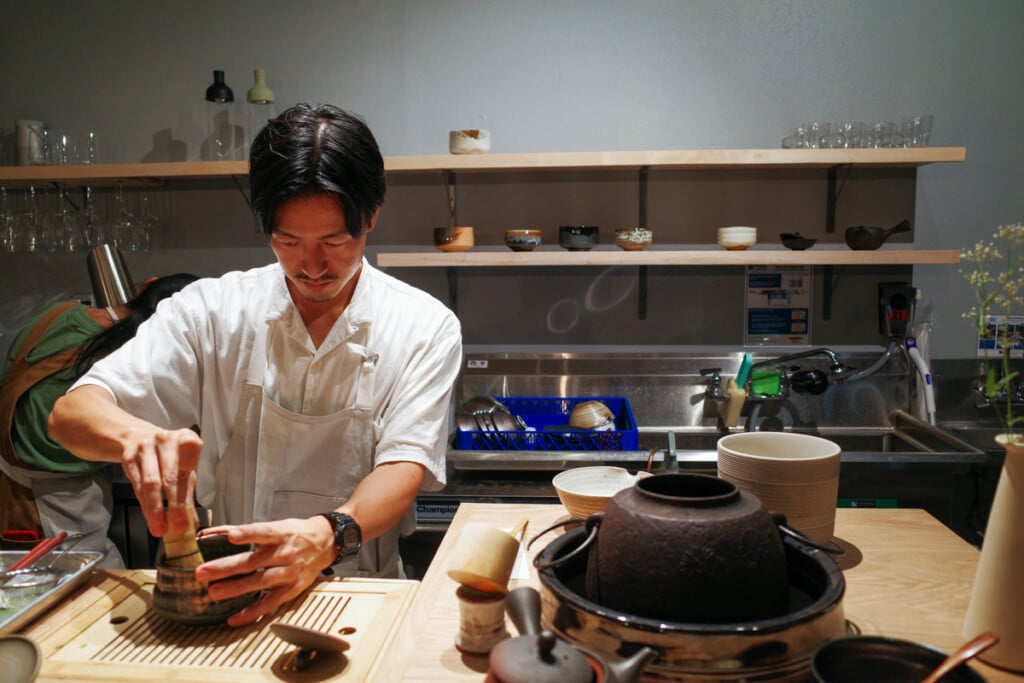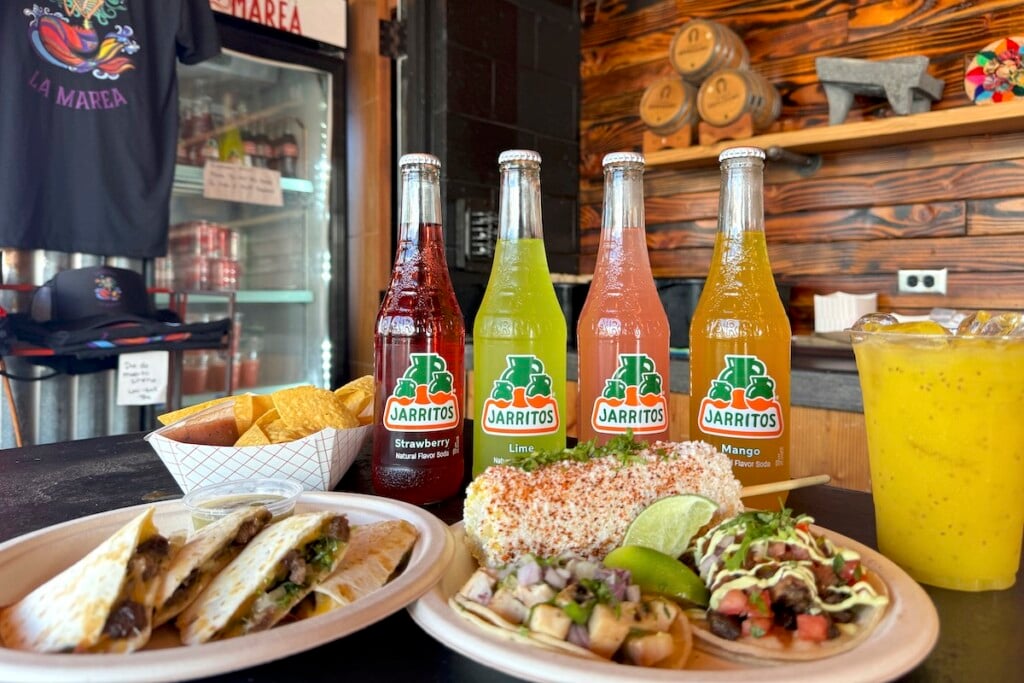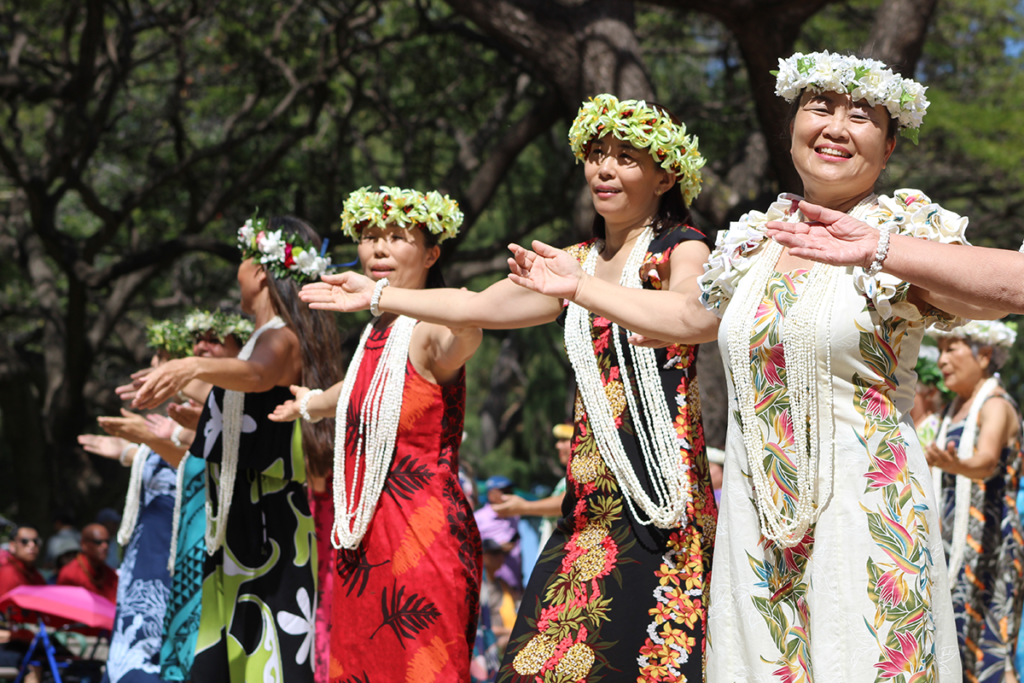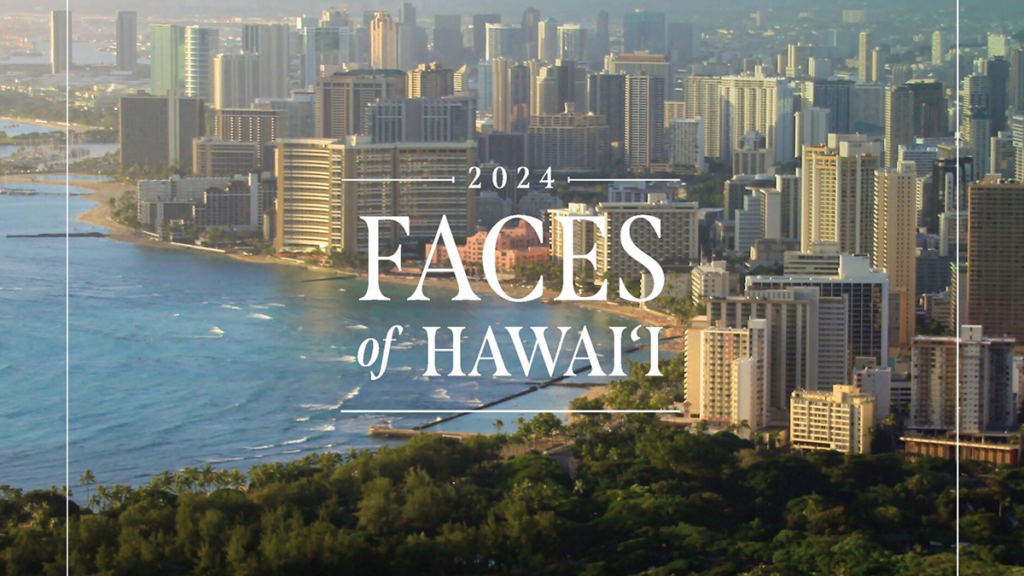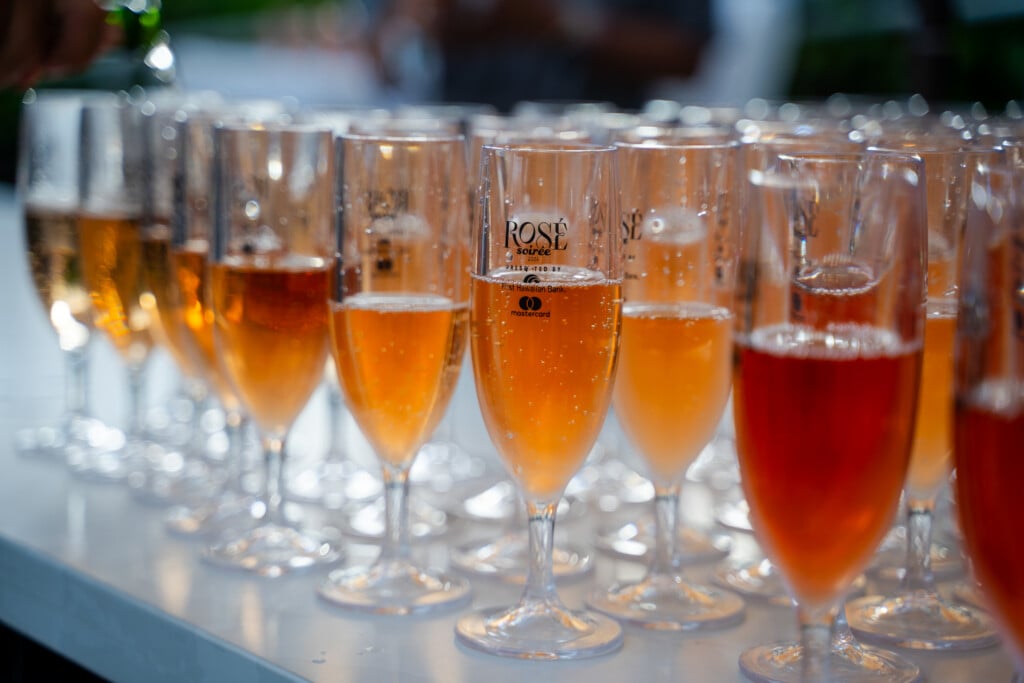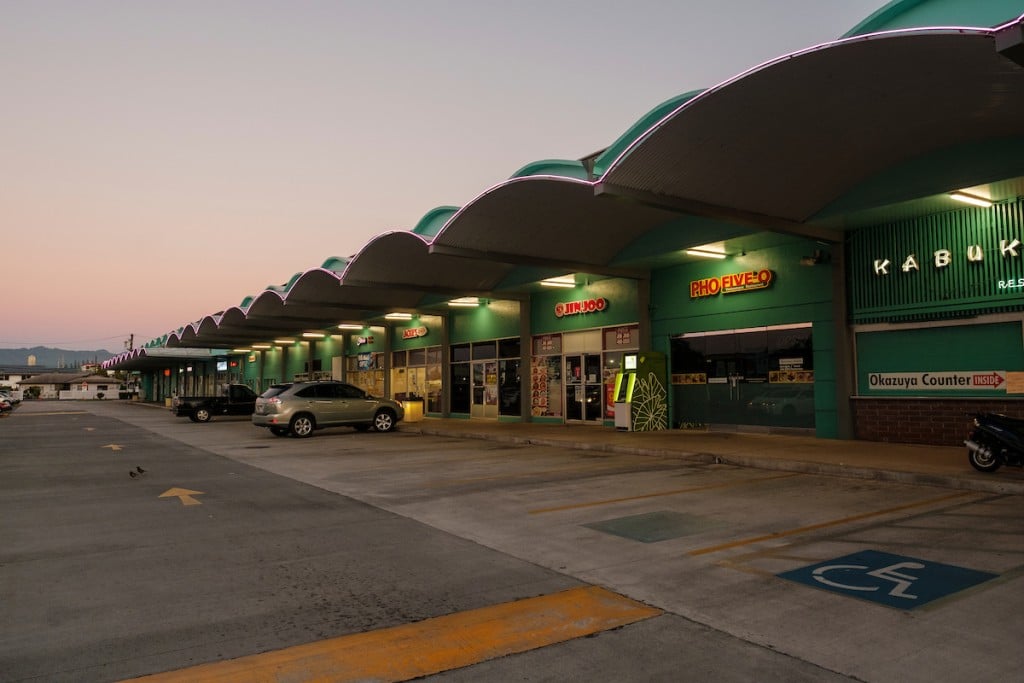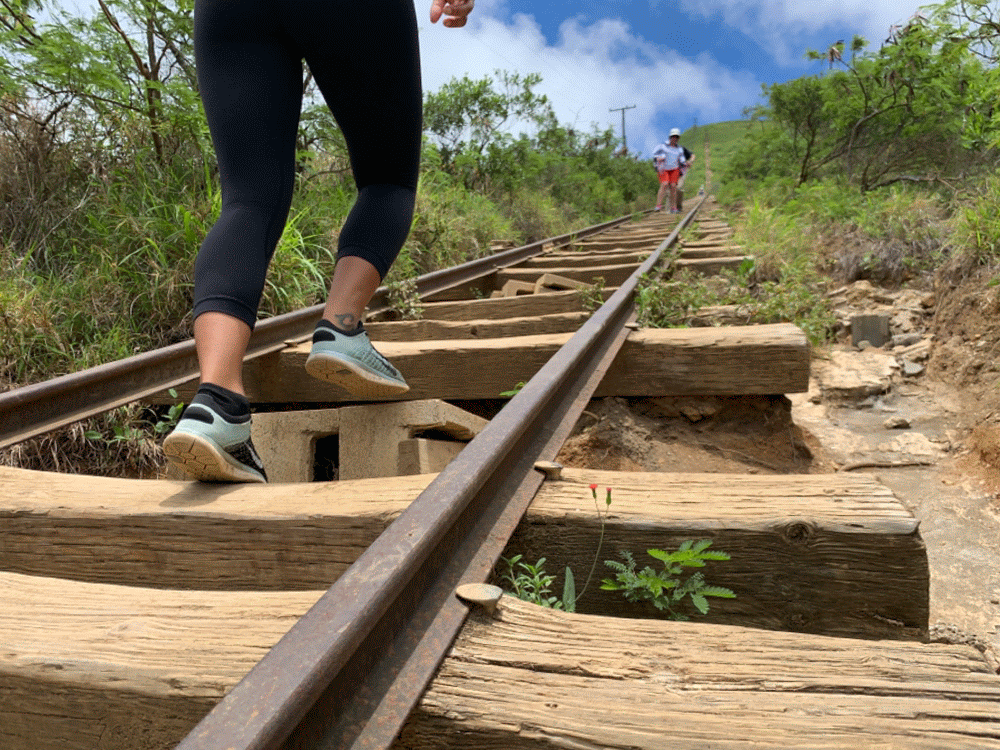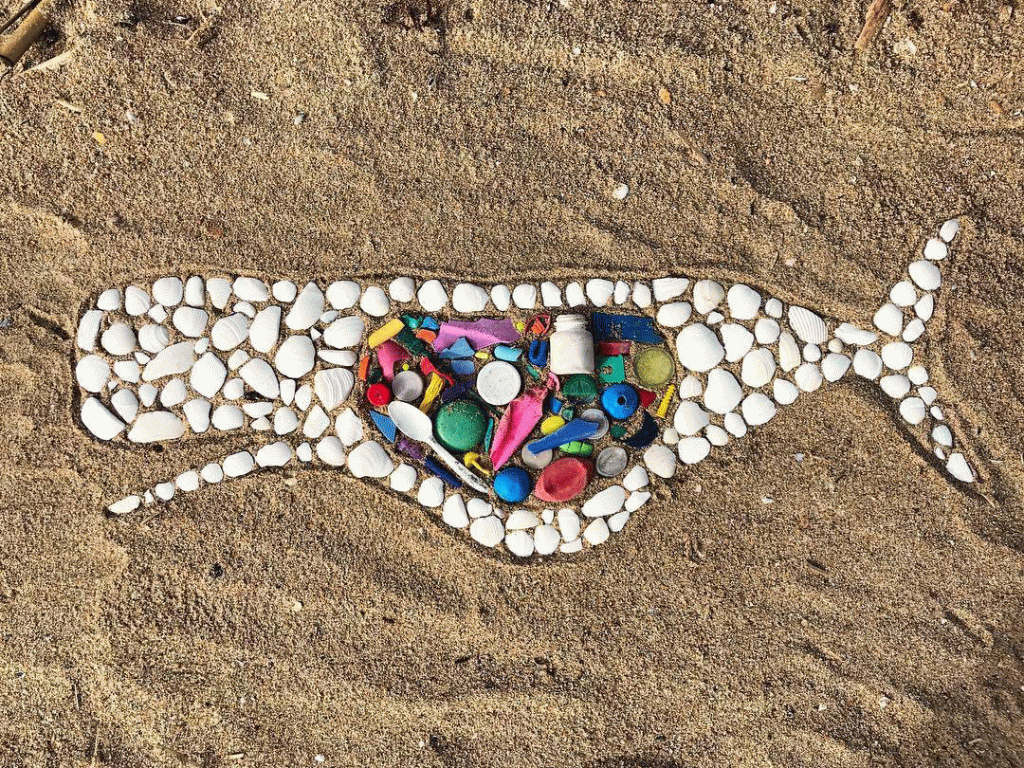Honolulu’s First Bike-Sharing Program Brings 1,000 Bikes to the Streets June 28
Now you can bop around town without taking the car out of the garage or losing your metered space, as Bikeshare Hawai‘i transforms transportation options from Chinatown to Waikīkī.

Lori McCarney, CEO of Bikeshare Hawai‘i.
Photos: Courtesy of Bikeshare Hawai‘i
You’ve probably visited a major city where they have them—racks of bikes for the taking, just swipe a card and away you go. It’s an Amsterdam thing, a London thing, a Citibank thing in New York City. Maybe you’ve even taken one for a spin and thought, “Cool!” But as you went wobbling away with a big smile on your face, maybe you also sighed: “We could never do this in Honolulu.”
Well, yes, we can. Starting June 28, we’re going to see the city transformed, and very quickly, by the introduction of 1,000 “Biki” bikes (pronounced “beaky”) at 100 self-serve Bikeshare Hawai‘i stations. “This is not for racing and exercise, it’s a different kind of transportation,” says CEO Lori McCarney.
“It has so many benefits that hit on different levels,” says Ben Trevino, a former Google team member who spent two and a half years on the launch, including serving as president and COO, before moving on to new ventures this month. “We’re serving high-density areas, all the interesting destinations,” including Chinatown. “Waikīkī is very important, obviously, for visitors, but lots of residents there don’t have a lot of options to get in or out. There are only three bridges. Parking is bad and is only going to get worse.”
Honolulu does have a couple of major advantages. It’s flat. The weather’s good. “It’s just nice. The whole idea of being cooped up in a car in paradise just doesn’t seem right to me,” says McCarney. “We want to make it so you walk to the bike, ride for five minutes, walk again to your destination.” And not take a shower afterward, she says. Well …

Click on the photo to enlarge the map.
So how will that work, exactly? You’ll buy a half-hour for $3.50 or, better, a $20 pass with 300 minutes on it. “Ride to lunch that day for 10 minutes, you have 290 minutes left to use,” says Trevino. “The pass never expires.” The kiosk stations are solar-powered cellular networks placed near common destinations, often in front of small businesses that hope to draw customers. The Bikis are an evolution of earlier models, and 10 pounds lighter. Their intentionally unique design is an antitheft function: There’s no point in stealing them for parts. You even need a special screwdriver.
Besides theft, safety is the question on everyone’s mind, given driver distraction and congested streets. Slow and steady, right? “One of the things that doesn’t work is a soft launch,” says McCarney. “We do it all at once.”
Trevino: “This really kickstarts a massive rollout of bike lanes; it’s a tool to bring in more.”
They plan a calendar of different bike events, fun rides like fun runs, a bike to lunch one Monday a month. Getting the bike out there will attract the young and healthy, but they hope to reach the older population, too. “They can stay healthy and fit later into their lives,” Trevino says. “That’s one of the partnerships we’re excited about, with AARP.”
After all, McCarney says, “People have a connection to that childhood memory of freedom, that getting around at a faster clip, the breeze in your hair.”
30 minutes:
$3.50
300 minutes:
$20
Biki Bikes:
1,000
Biki Stations:
100
You can find bike stations and check out Bikeshare community events at bikesharehawaii.org.
READ MORE STORIES BY DON WALLACE
